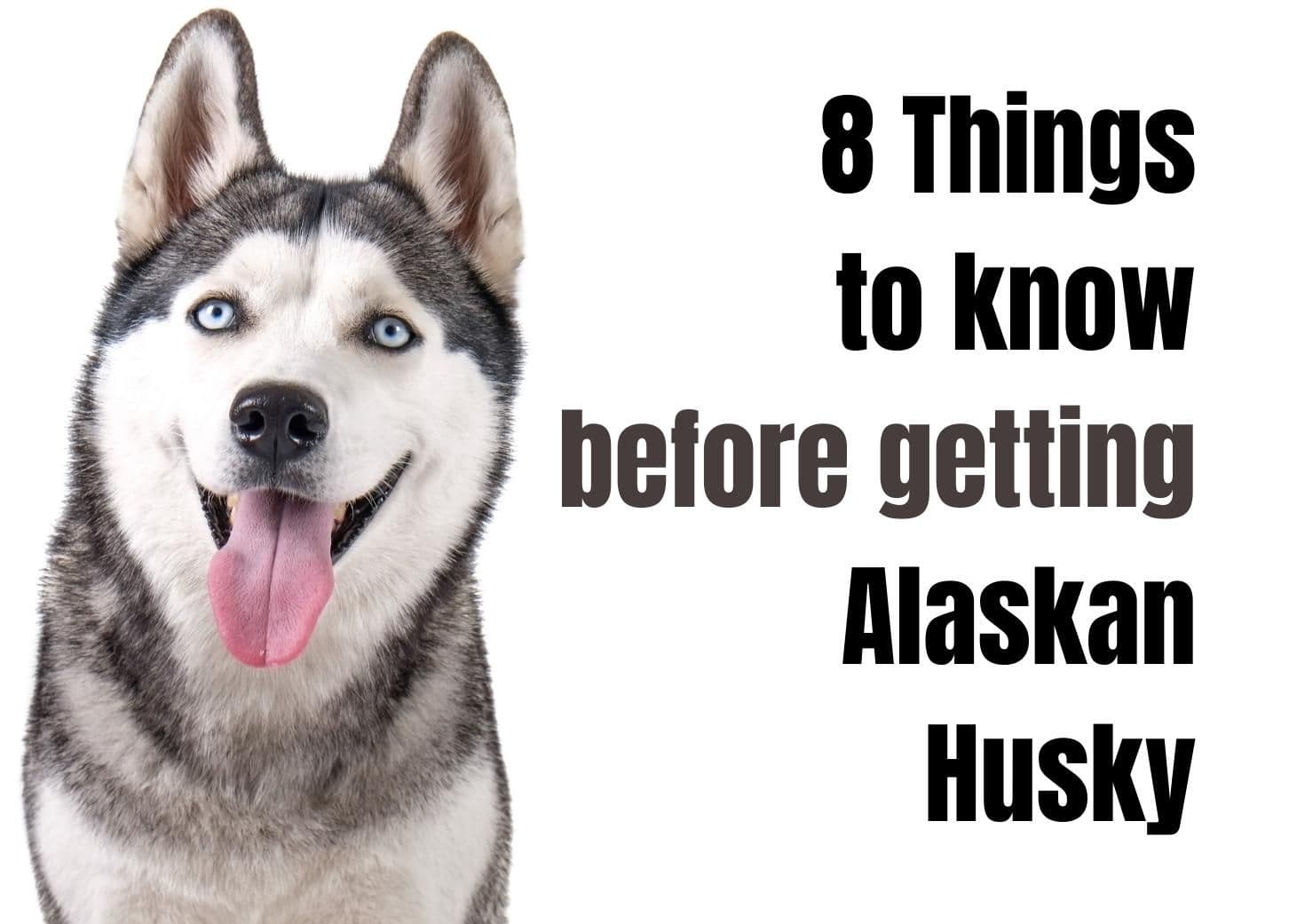Discover 8 Fascinating Facts About the Alaskan Husky

Thinking about getting a Husky but want something a little different from the usual Siberian? The Alaskan Husky might just be your perfect match — even if it doesn’t have the same Instagram-famous looks.
I’ve spent time around both Siberians and Alaskans, and I’ll tell you right away: don’t judge this dog by its coat. Alaskan Huskies may not turn heads at the dog park the way their flashier cousins do, but they make up for it in personality, athleticism, and pure heart.
Here’s what you really need to know if you’re considering one as your next furry family member:
They’re Built for Performance, Not the Show Ring
Unlike the Siberian Husky, which has a more "standardized" look, the Alaskan Husky was bred for function — not form. That means their appearance can vary a lot. Some have short coats, others fluffy ones. Colors? All over the map: white, red, black, cream, brown, blonde... you name it. They're leaner and leggier than Siberians, with a more streamlined, athletic build. No fluffy “mane” around the neck either — just business.
The Ultimate Sled Dog
Alaskan Huskies are the MVPs of the sled world. While movies often feature Siberians, real-world mushers overwhelmingly choose Alaskans. They’re faster, have more stamina, and are just built for work. That drive to run and pull is still strong, even if they’re living in your house instead of the Yukon.
Laid-Back, but Still Husky at Heart
Most people expect Huskies to be chaos on four legs. But Alaskans tend to be calmer than Siberians. That said, they’re still Huskies: they love to run, they’re vocal (think howling, not barking), and they don’t do well if they’re bored. These dogs want to be with you — ideally cuddled on your feet after a long hike or play session.
Smart but Stubborn
Alaskan Huskies are smart — sometimes too smart. They can learn quickly, but that doesn’t mean they always want to. They’re bred to think for themselves out on the trail, so expect some pushback during training. Positive reinforcement and consistency go a long way. Start early, and keep it fun.
Incredibly Social, with People and Pets Alike
When socialized properly, Alaskan Huskies are total sweethearts. They usually get along well with other dogs, and many do fine with cats when raised together. With kids, they’re affectionate and gentle, though any large, active dog should be supervised around toddlers until everyone learns boundaries.
They Do Howl — A Lot
These dogs are vocal in their own way. They’ll howl to express excitement, loneliness, or just because they hear a siren. It’s charming (to some), but not ideal for apartment life. If you’ve got patient neighbors or live rurally, it’s less of an issue.
Health and Energy Needs
Alaskan Huskies generally live 10–15 years with good care. Like many active breeds, they can be prone to hip dysplasia, hypothyroidism, eye issues, and even obesity if they’re not getting enough exercise. Plan on at least 90 minutes of activity a day — and I don’t mean a gentle walk around the block. These dogs were bred to move.
So, Should You Get an Alaskan Husky?
If you're active, love the outdoors, and want a loyal companion that’s a little different from the typical family dog, the Alaskan Husky is a gem. They may not have the dramatic looks of a show dog, but they’ve got charm, brains, and more than enough love to give.
They're not for everyone — especially if you’re not up for the exercise or the howling — but if they are for you, you’ll wonder why more people don’t know about them.